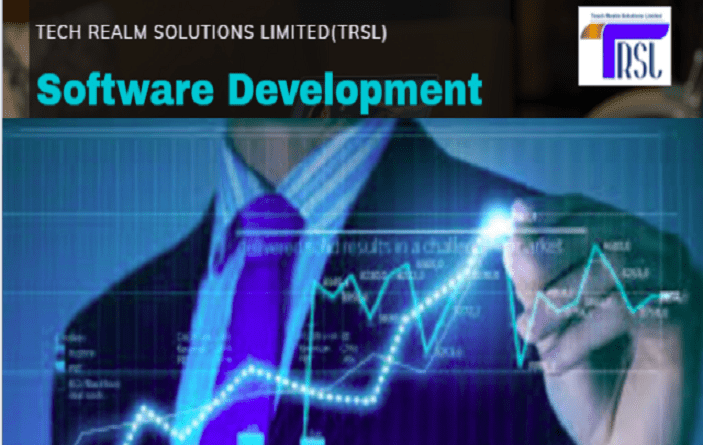Software Development
Software Development:
Software program engineering, a software improvement method is the manner of dividing software program development paintings into distinct phases to enhance layout, product control, and venture control. It is also called a software improvement lifestyles cycle. The method may additionally encompass the pre-definition of specific deliverables and artifacts which might be created and finished through a assignment group to broaden or preserve an utility. Most present day development approaches may be vaguely described as agile. Other methodologies consist of waterfall, prototyping, iterative and incremental development, spiral improvement, speedy software improvement, and excessive programming. A few humans bear in mind a life-cycle “version” a extra standard term for a class of methodologies and a software improvement “technique” a greater unique time period to consult a selected manner selected by a specific organisation. As an example, there are numerous specific software development techniques that in shape the spiral lifestyles-cycle model. The field is frequently taken into consideration a subset of the structures improvement lifestyles cycle.
“Agile software development” refers to a set of software program improvement methodologies primarily based on iterative development, in which necessities and answers evolve through collaboration among self-organizing move-purposeful groups. The time period became coined inside the year 2001 while the Agile Manifesto become formulated.
Agile software improvement uses iterative development as a foundation but advocates a lighter and more human beings-centric perspective than traditional methods. Agile techniques fundamentally include new release and the non-stop feedback that it affords to successively refine and deliver a software machine.
There are many agile methodologies, together with:
Dynamic structures improvement approach(DSDM)
Kanban
Scrum
Waterfall improvement
Waterfall model
The activities of the software development system represented within the waterfall model. There are numerous different models to represent this technique. The waterfall model is a sequential improvement method, wherein development is visible as flowing gradually downwards (like a waterfall) via several stages, typically:
Requirements analysis ensuing in a software program requirements specification
Software design
Implementation
Testing
Integration, if there are more than one subsystems
Deployment(or set up)
Upkeep
Spiral Development
combines some key aspect of the waterfall model and rapid prototyping methodologies, in an effort to combine advantages of top-down and bottom-up concepts. It provided emphasis in a key area many felt had been neglected by other methodologies: deliberate iterative risk analysis, particularly suited to large-scale complex systems.
The basic principles are:
Focus is on risk assessment and on minimizing project risk by breaking a project into smaller segments and providing more ease-of-change during the development process, as well as providing the opportunity to evaluate risks and weigh consideration of project continuation throughout the life


“each cycle involves a development through the identical collection of steps, for each part of the product and for every of its levels of elaboration, from an normal idea-of-operation document down to the coding of each person program.”
Each journey across the spiral traverses four primary quadrants: (1) decide targets, options, and constraints of the generation; (2) compare alternatives; pick out and resolve dangers; (3) broaden and confirm deliverables from the new release; and (four) plan the subsequent new release.
Begin each cycle with an identity of stakeholders and their “win situations”, and give up each cycle with review and commitment.
Different high-level software venture methodologies include:
Conduct-driven improvement and enterprise process control.
Chaos version- the main rule is continually resolve the most essential trouble first.
Incremental investment method- an iterative approach
Lightweight technique- a standard term for methods that most effective have some regulations and practices
Dependent structures evaluation and layout approach- a specific model of waterfall.
Sluggish programming, as part of the bigger slow movement, emphasizes careful and gradual work with out (or minimum) time pressures. Sluggish programming ambitions to avoid bugs and overly brief release schedules.
V-model (software improvement)- an extension of the waterfall model.
Unified procedure(UP) is an iterative software development technique framework, based on Unified Modeling Language (UML). UP organizes the development of software program into 4 levels, each consisting of one or greater executable iterations of the software program at that level of improvement: inception, elaboration, production, and guidelines. Many gear and merchandise exist to facilitate UP implementation. One of the more famous variations of UP is the Rational Unified system (RUP).



